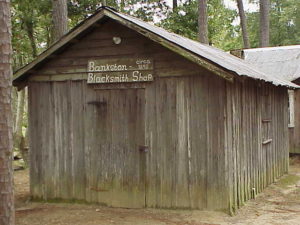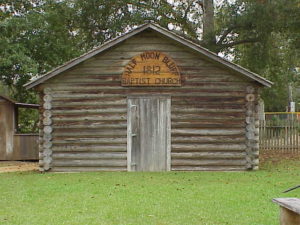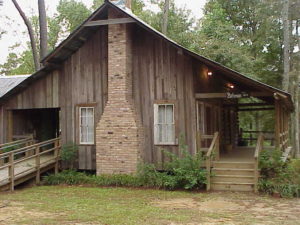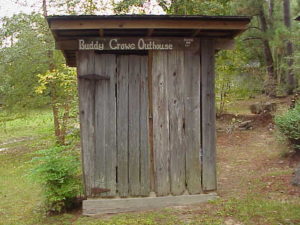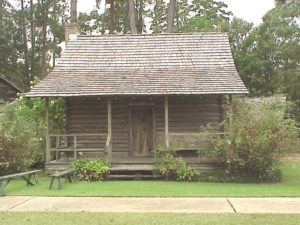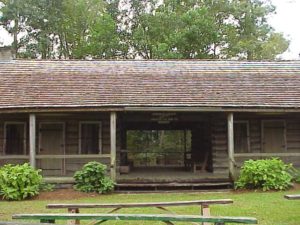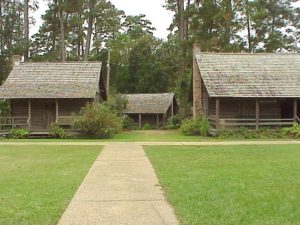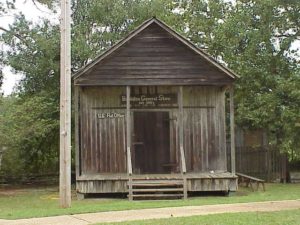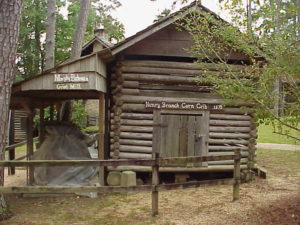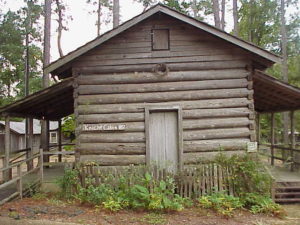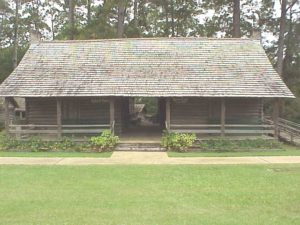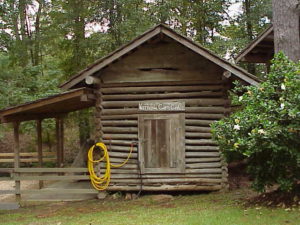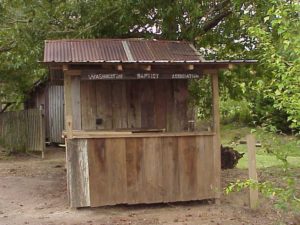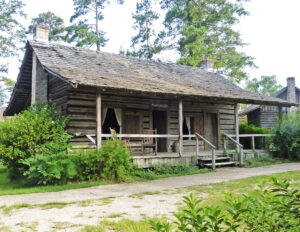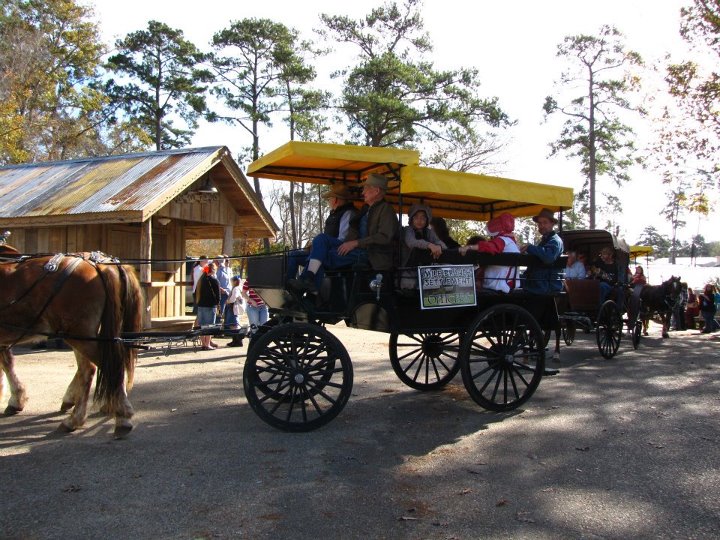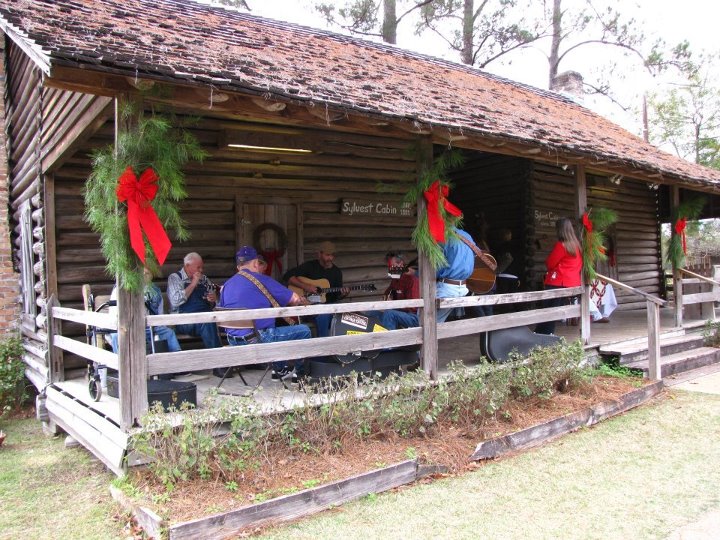|
|
|
|
Daily Events at Mile Branch Antique Tractors, Corn Grinding, Craklin’Cooking, Hot Roasted Peanuts, Music on Porches, Syrup Making, General Store (Cheese/Crackers, Tea Cakes, Jams & Jellies, Etc.), Quilters (Sylvest Parlor), Period Historical Presentations, Sassafras Tea, Soap Making, Hand Weaving on Antique Loom (Sylvest Cabin Porch), West Florida Republic (Fleming Barn), Wood Stove Cooking, Johnson Cabin (Art, Antiques, Collectibles, Crafts), Quilt Raffle (Sylvest/Magee Porch), Sassafras Tea, Daily Schedule Wednesday, 12:00-8:00. Thursday, 10:00-8:00. Friday, 10:00-8:00. Saturday, 10:00-8:00. Greetings From Mile Branch Settlement With much pleasure, we welcome you to the historical Mile Branch Settlement (MBS) located on the Washington Parish Fairgrounds in Franklinton, LA. The MBS began as a tribute to the pioneering spirit of Washington Parish residents. For the most part, these pioneers were Scotch-Irish, Presbyterian by faith, from the lowlands of Scotland who immigrated to Northern Ireland in the early seventeenth century. Known as Ulster Scots, these hearty pioneers emigrated from Ireland to the British Colonies of North America between 1725 and 1775 with many settling in Pennsylvania. During this time, cultural geographers believe that the Scotch-Irish and German settlers shared a building technique known today as Appalachian Upland Folk Architecture. Around 1830, the Appalachian Scotch-Irish had populated the Florida parishes of Louisiana. These pioneers were to obtain and carry passports issued by the governor of Georgia to pass through Creek Indian territory. They came from the Carolinas, Virginia, through Georgia to the Mississippi plateau. President Theodore Roosevelt described the Scotch-Irish as the “kernal of the distinctively and intensely American stock, who were the pioneers of our people in their march westward.”Through cooperative teamwork, a cabin raising, stump clearing, or harvesting of crops were accomplished in a timely manner. The descendants and volunteers of the MBS, hope that you will experience through sight, smell, or memory a glimpse of these determined pioneers. Milton Newton recognized these Scotch-Irish pioneers as the taming influence of an “uncouth” landscape, dotted with meandering ridge roads, scattered cabins, unusual fields and intensely thick undergrowth.8 The remoteness of this area surely contributed to the preservation of these quaint but very durable dwellings. During the 1870’s, the population was only 3,000-3,400 residents. The cabins were moved from their original locations in Washington parish to their present site. The first cabin was moved into MBS in 1976. To avoid deterioration and to present an educational experience for future generations of the culture of the 1800 and early 1900’s required that these dwellings be relocated to the MBS. The grounds of MBS are very typical of the property on which many of the cabins were originally located. A lovely stream runs quietly around the southern boundary and there are numerous mature trees that provide a very picturesque setting for the MBS. Dry Creek traverses through the settlement providing a rolling backdrop for the Grandpa King Cabin and the Kemp split-rail fence. Flaming spider lilies line the full length of the fence. Many native flowers, plants, and trees fill the landscape adding to the quaintness of this museum village. There are old-time flowerbeds consisting of cocks-comb, confederate roses, mums, blue violets, cardinal flowers, daisies, gardenias, brown & white cotton and many herbs. Some of the trees found in the settlement include pine, sycamore, chinky-pens, bay, and oak. On the bluff above Mile Branch creek, two oak trees are joined together approximately 25 feet above the ground through a common limb. When a guest steps through the unpainted picket fence and walks past the Richardson Gatehouse, it is like entering another time period. A time where life coursed much slower like the bordering creek for which the settlement was named. You will find 19th century attired volunteers serving sassafras tea with gingerbread, grinding corn into meal or grits, cutting huge hoop-cheese slices, and the extracting and cooking of cane syrup. All the activities just mentioned are performed on original period equipment. Other ongoing events include school teaching, singing of hymns, sheep shearing, quilting &weaving as well as the fiddling-strumming & plucking of instruments just to name a few. The simmering of lye soap, roasting peanuts, frying pork rinds, and corn grilling permeate the country air. Other special events include the Senior Ladies Promenade, various genealogy exhibits, square dancing, Houma Indian demonstrations, wood carving, as well as many handcrafts made by local artisans. Live music provided by talented volunteer musicians can be heard daily during the fair from the front porches of many of the cabins. Many of the volunteers are direct descendants to the MBS and, when asked, readily share stories passed down through the generations about times gone by. Yes, we at the MBS believe our ancestors would be pleased to see the many wide-eyed school children with assignments in hand as they scurry across the settlement. Eyebrows raise at the taste of sassafras, while others nibble on huge molasses sugar cookies or chew on sugar cane stalks just to name a few of the tangible experiences available at MBS. Visitors have been overheard commenting “my grandmother or grandfather used to etc…” or the distant look of remembrance in the eyes of a silver-crowned visitor sparked by a scent, taste, sight, or sound. Again, thank you for visiting us and please come again soon. Quilt Raffle
|
Mile Branch
Special Announcement! Mile Branch Settlement
is open on Fridays from 10:00 A.M. until 2:00 P.M. for Class or Group Tours.
The cost is $5.00 per person.
If interested in scheduling a tour, please email [email protected].


